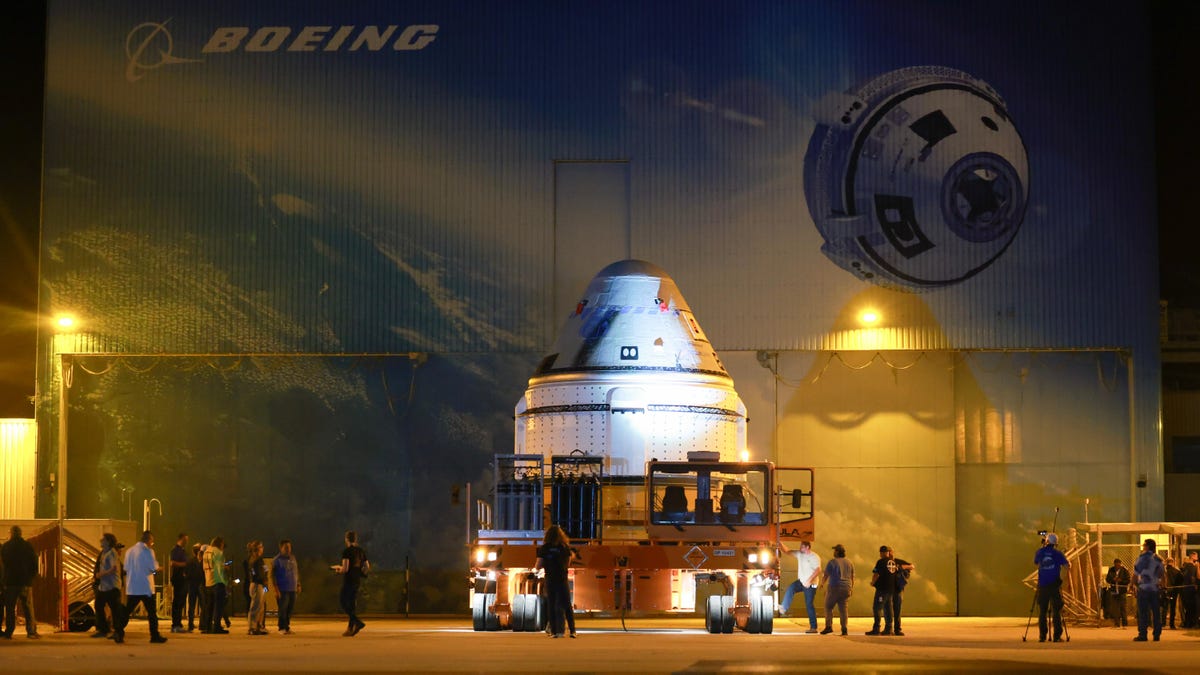 Reference: Found here
Reference: Found hereIn The News:
NASA's Boeing Starliner launch delayed, postponed to fix rocket issue
NASA announced another blastoff delay for the Boeing Starliner after a data review revealed a valve issue.
Around 8:30 p.m. ET, a little over two hours before the scheduled rocket launch at 10:34 p.m., NASA made the decision to delay the launch on May 6 at Kennedy Space Center, NASA Communications Officer, Megan Cruz said during the news conference .
NASA is now eyeing a May 17 at 6:16 p.m. ET launch date after the United Launch Alliance (ULA) initially said that the launch would not be able to take place any earlier than Friday. Mission engineers requested the delay in order to have time to replace a pressure regulation valve on the rocket's liquid oxygen tank, NASA said Wednesday .

The Crew Flight Test for Boeing's long-running CST-100 Starliner project is finally here. After a scheduled May 1 launch was pushed back a few weeks ago, Monday should be the day for Boeing's space exploration moonshot.
The Starliner is Boeing's attempt to join the field of space tourism by providing a space shuttle replacement that can go to space and come back. It's a competitor for similar offerings from Elon Musk's SpaceX and Jeff Bezos' Blue Origin . One notable feature of the Starliner, showcased during previous test flights, is that it can return to Earth on land instead of in the ocean.
Starliner is scheduled to launch with NASA astronauts aboard for the first time on Monday at 10:34 p.m. local time from Cape Canaveral Space Force Station in Florida. It will be the first time the Starliner has had a manned flight. It's heading to the International Space Station and coming back. Crews have been making preparations for weeks. The National Weather Service says the conditions Monday are expected to mostly sunny with a chance of thunderstorms.
As for the actual launch, which you can watch on this livestream provided by Boeing , a rocket will shoot the Starliner into space. If everything goes according to plan, the Starliner will make its way to the International Space Station and dock there. Later, it will return to Earth and parachute to a spot in either New Mexico's White Sands Missile Range, Willcox, Arizona, the Dugway Proving Ground in Utah, or Edwards Air Force Base in California.
Boeing first announced the Starliner in 2010. It was originally supposed to operational by 2015, but that expectation came and went a long time ago. The project has faced a number of delays over the years, from struggles fitting it on top of a rocket to software problems .
NASA's contract with Boeing to develop the Starliner was for $4.6 billion. But because it has taken so long and had so many problems, Bloomberg reports that Boeing has actually lost $1.5 billion developing the craft.
No comments:
Post a Comment